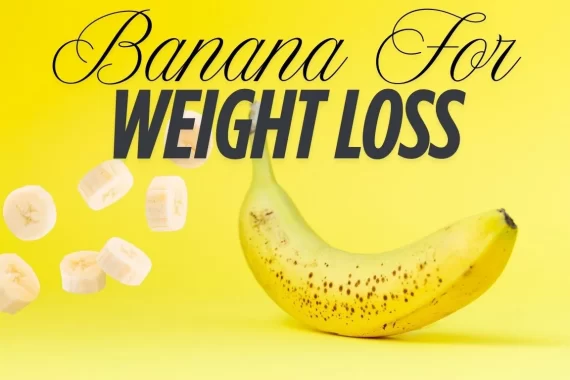
This Food Scientist’s Trick for Keeping Your Cooked Vegetables Green Is Life-Changing
[ad_1]
:max_bytes(150000):strip_icc():format(jpeg)/The-Secret-to-Keeping-Cooked-Green-Vegetables-Green-6e8e3b545b2d4c2786c44ed87634c8c1.jpg)
Salads are great, but as the temperature drops, cooked greens might start seeming more appealing than a bowl of even the most delicious combination of chilled ingredients. As much as we love our Green Salad with Peaches, Feta & Mint Vinaigrette, recipes like Braised Greens with Smoked Turkey start calling to us as coat weather commences.
But just because we can expect more gray days on the horizon, that doesn’t mean our vegetables should match. In fact, there’s evidence that the chlorophylls that give green vegetables their vibrant colors are packed with healthy nutrients. According to one 2023 study, chlorophyll may boast not only antioxidants but also cancer- and obesity-fighting properties.
The only problem? When we cook greens, it’s easy to let them leach out the color—and consequently, vitamins—that might benefit us. It depends on how we prepare them. One test found that boiled greens hold the least vitamin C, while microwaved greens maintain the most.
What’s the Best Way to Keep Green Vegetables Green?
We spoke to Sylvia Casares, a food scientist and restaurateur, to find out. Casares left her decade-long tenure in the lab at Ben’s Original to follow her passion for cooking border-style Tex-Mex food with her Houston restaurants, Sylvia’s Enchilada Kitchen. Known as the Enchilada Queen, her reputation for fresh, colorful food is what makes her two locations lastingly popular.
She says that the first secret to keeping green vegetables the color they’re intended to be is to make sure you cook them while they’re still fresh. “The key to keeping them fresh is proper storage,” Casares says. “Wash them, then dry them off. You don’t want to store them when they’re all wet. Take a paper towel and store them. At the restaurant, we line them with brown rolls of paper towels.”
Another obvious step that Casares recommends: Avoid overcooking your vegetables. “Once you’re overcooking them, you’re changing everything about them. Cooking them fast and fresh and really watching them can be almost as good as eating them raw,” Casares explains.
Recently, a TikTok trend has emerged that has seen users washing their produce with baking soda, supposedly to better eliminate pesticides. According to research, this is not the most efficient way to get rid of the offending chemicals but still potentially worth pursuing.
However, another baking soda hack may be just the ticket to keeping greens fresh and colorful. Adding a small amount of the pure sodium bicarbonate powder to the water in which you blanch your green beans, for example, will help them retain their vivid green hue.
How Does It Work?
Casares explains that cooking vegetables changes the chemical structure of the chlorophyll, making it lose its telltale shade, eventually leaving bright greens more of an olive color. But adding baking soda can combat much of that reaction. How?
“It helps to make your food a little more alkaline,” she says. Alkalinity, or absence of acid, will make the chlorophyll more stable. But there’s a downside. The baking soda also weakens the walls of the vegetable’s cells, leaving them potentially mushy and even a little slimy. The only way to avoid that is by following Casares’ original advice and not overcooking, even if you do decide to use some baking soda.
And the method isn’t just excellent for green vegetables. The softening properties can actually be an asset for some ingredients. For example, soaking dry beans in water with baking soda further softens them and helps them absorb all the flavors you add when you cook them. It also helps to remove the oligosaccharides that make us gassy. And potatoes can also be even better after a bath in boiling water and baking soda. The extra step brings the starches of the potatoes to the surface, so when you roast them, they crisp and brown more efficiently. Try our Garlic-Rosemary Roasted Potatoes to taste for yourself.
The Bottom Line
Whether you’re cooking calabacitas as Casares does, blanching our Garlicky Green Beans, or preparing home-grown chard for the freezer, if you want to keep your greens as close to fresh as possible, basic (as in alkaline) can be best.
And that’s not just true of their appearance. By preserving the chlorophyll in your healthy greens, you’ll be taking best advantage of their benefits, potentially lowering any inflammation you have in your body, and therefore improving your heart health and your ability to fight off cancer cells.
After all, Casares points out, baking soda is excellent for practically everything. “It’s also fabulous in baking, and brushing my teeth and doing laundry,” she jokes. All the more reason to buy the biggest box of your favorite brand.
[ad_2]
Source link

